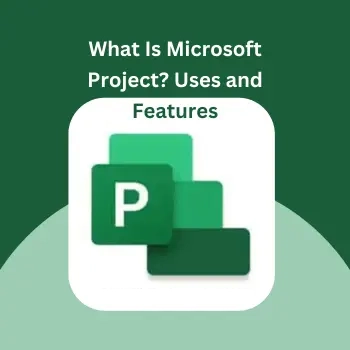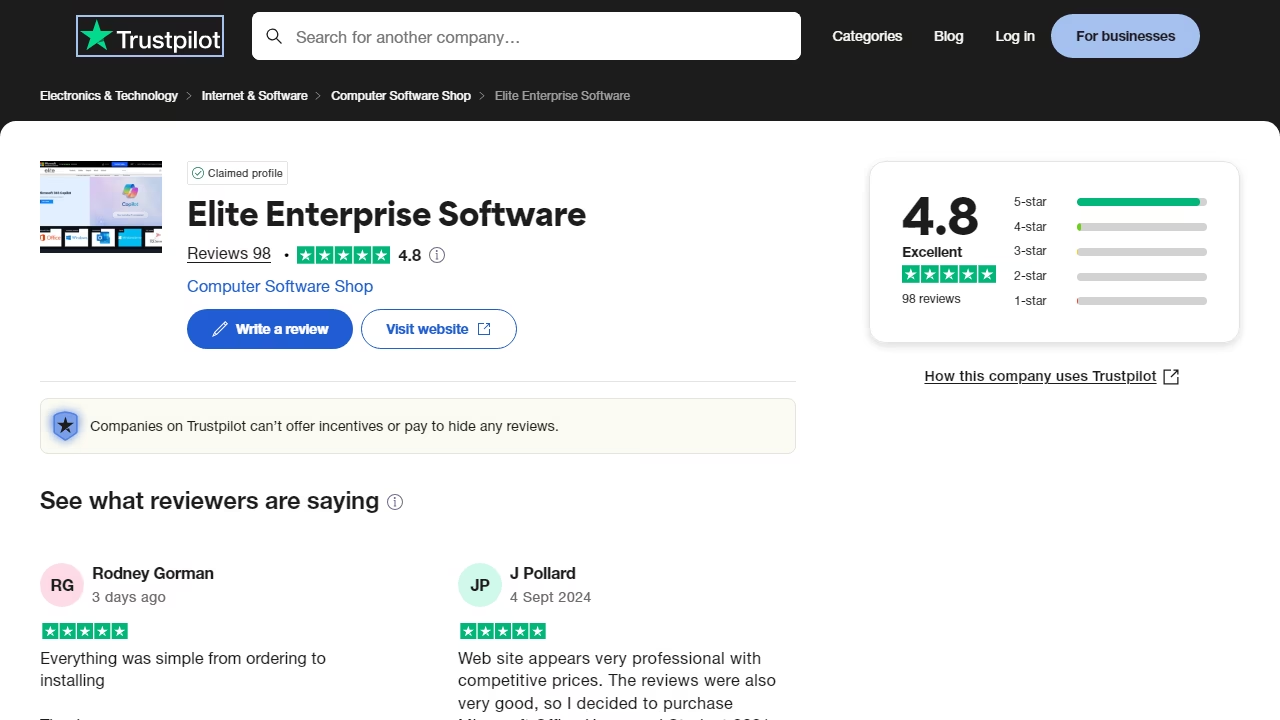What Is Microsoft Project? Uses and Features

Microsoft Project is a powerful project management software designed to assist project managers in planning, executing, and controlling projects effectively. Whether you're managing a small team or overseeing large-scale projects, Microsoft Project provides the tools necessary to ensure success. Launched in 1984, it has evolved into a comprehensive solution that enables users to create schedules, allocate resources, track progress, and analyze project performance. With its user-friendly interface and robust functionality, it has become a go-to tool for professionals across various industries.
Key Uses of Microsoft Project
1. Project Planning
At its core, Microsoft Project excels in project planning. Users can create detailed project plans that outline timelines, milestones, and tasks. The software allows you to define dependencies—tasks that rely on the completion of others—helping you visualize the project’s structure. This clarity is essential for setting realistic deadlines and ensuring that every team member understands their responsibilities.
2. Resource Management
Effective resource management is critical for project success. Microsoft Project enables project managers to allocate resources efficiently by tracking availability and workload. Users can identify resource conflicts, ensuring that team members are not overburdened. The software provides insights into resource utilization, helping managers optimize their teams and materials to avoid bottlenecks and delays.
3. Progress Tracking
Monitoring project progress is essential for staying on track. Microsoft Project allows users to update tasks and milestones in real-time, providing an accurate picture of where the project stands. Stakeholders can easily see the current status, which helps in maintaining transparency and accountability. The ability to quickly identify any deviations from the plan means that corrective actions can be taken promptly.
4. Reporting and Analysis
Generating insightful reports is a vital aspect of project management. Microsoft Project offers various reporting tools that allow users to create dashboards and detailed reports on project performance. These reports can highlight key metrics, such as task completion rates, resource allocation, and budget tracking. Analyzing this data empowers project managers to make informed decisions, ensuring that the project remains aligned with its goals.
5. Collaboration
In today’s work environment, collaboration is key to project success. Microsoft Project facilitates teamwork by allowing users to share project plans and updates with team members seamlessly. Integrated tools enhance communication and ensure that everyone is on the same page. Features like task assignments, comments, and notifications help streamline collaboration, making it easier to address issues as they arise.
Key Features of Microsoft Project
1. Gantt Charts
One of the best features of Microsoft Project is its Gantt chart capability. Gantt charts provide a visual representation of the project timeline, displaying task durations, dependencies, and progress at a glance. This visual format makes it easier for project managers and stakeholders to understand the overall project landscape and identify critical paths.
2. Task Management
Microsoft Project offers robust task management features. Users can create, assign, and prioritize tasks effectively. The ability to set deadlines and define dependencies allows for a more streamlined project workflow. With task management tools, project managers can ensure that all team members are aware of their assignments and deadlines, reducing confusion and enhancing productivity.
3. Resource Management
Managing resources—team members, equipment, and materials—is crucial for project success. Microsoft Project provides tools to manage these resources efficiently. Users can track resource availability, workload, and utilization rates. This functionality enables project managers to identify potential issues before they impact the project timeline and to make necessary adjustments to keep everything running smoothly.
4. Budget Management
Keeping a project within budget is often one of the biggest challenges for project managers. Microsoft Project includes features that allow users to monitor project costs and budgets closely. By tracking expenses and analyzing financial performance, project managers can make informed decisions about resource allocation and project adjustments to avoid budget overruns.
5. Customization Options
Every project is unique, and Microsoft Project allows for a high degree of customization. Users can tailor the software to fit their specific project needs, customizing fields, views, and reports. This flexibility ensures that project managers can create an environment that best suits their team's workflow and project requirements.
6. Integration with Other Tools
In today’s digital landscape, integration with other tools is essential for enhancing productivity. Microsoft Project seamlessly integrates with other Microsoft 365 applications like Teams, Excel, and SharePoint. This compatibility allows for improved collaboration and data sharing across platforms, making it easier for teams to stay connected and informed.
7. Templates
To save time and standardize processes, Microsoft Project offers a variety of pre-built templates for different project types. These templates can be customized to meet specific needs, providing a head start on project planning and execution. This feature is especially useful for teams that frequently manage similar types of projects, as it ensures consistency and efficiency.
8. Mobile Access
With the rise of remote work, mobile access has become increasingly important. Microsoft Project offers mobile applications that allow users to access project plans on the go. This feature enables project managers and team members to manage tasks, communicate with one another, and stay updated regardless of their location. This flexibility can significantly enhance productivity, especially in dynamic work environments.
Conclusion
Microsoft Project is an essential tool for anyone involved in project management. Its comprehensive features and user-friendly design make it suitable for both novice and experienced project managers.
If you are searching for a budget-friendly MS Project 2021 Professional, some platforms offer this product at affordable prices. These options can provide significant savings while still giving you access to the powerful tools you need. Whether you're managing a small initiative or a complex enterprise project, Microsoft Project can help you navigate the challenges of project management with ease. Its robust features ensure that you have everything you need to plan, execute, and deliver successful projects.

